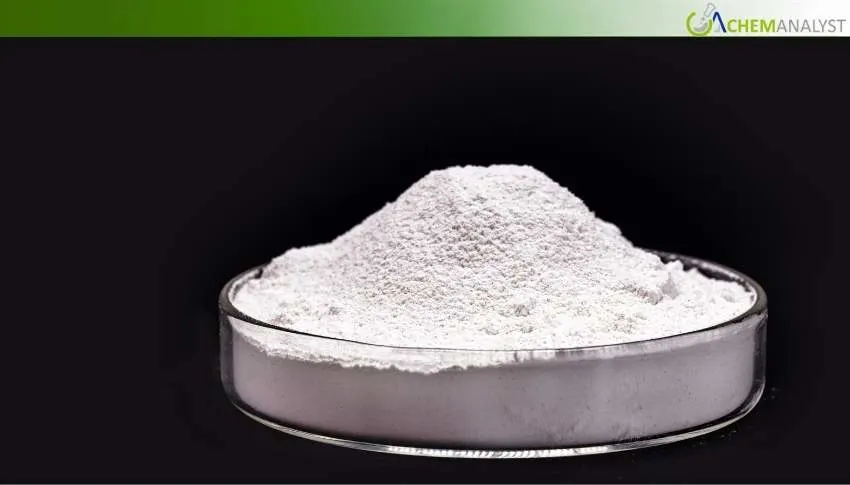Welcome To ChemAnalyst

In October 2025, prices for boric acid in India and Japan rose a modest 1% as downstream demand remained firm and supply constraints continued. In India, the rise in prices was facilitated by increasing import costs, tight global supply, and seasonal restocking ahead of the Rabi crop cycle. Agricultural end use remained strong along with consumption from ceramics and pharmaceuticals. Japan's market continued high because of steady demand from electronics and specialty glass industries as currency depreciation and reliance on imports created cost pressure. Globally, reduced boron ore mining and tighter environmental regulations limited supply, and higher logistics and energy costs increased production costs. Demand was further supported by year-end inventory replenishment and restocking by industries. Altogether, October evidenced balanced but upward pricing momentum with both countries firm in market conditions with tight supply and broadening consumption.
In October 2025, the price of boric acid in Asia, especially in India and Japan, achieved a modest gain supported by resilience in downstream demand and persistent supply-side pressures. This reflected a general trend of increasingly tight availability and higher input costs that continued to shape market sentiment across the region.
Strong import cost pressures amid low local production supported the gain in India. The country relies heavily on overseas supplies, and shipment cost was higher due to high freight and scarcity of containers. Besides, seasonal re-stocking ahead of the Rabi crop cycle boosted demand, mainly from the agricultural sector as boric acid is used as micronutrient in fertilizer. The ceramic and pharmaceutical sectors also lent support with regular procurements during the month.
The demand from electronics and specialty glass manufacturers also supported price levels in Japan's boric acid market. Although there had earlier been some indications of weak consumption from construction-related activities, industrial restocking and steady manufacturing activities kept boric acid price levels firm. Upside support was further contributed by currency depreciation and import dependence, wherein logistics and adjustments in the supply chain impacted landed costs. Japanese prices for boric acid are reported to remain high compared to other regions due to both structural reliance on imports and constrained global supply.
Glass, ceramics, agriculture, pharmaceuticals, and electronics were some of the downstream industries that continued to drive consumption in Asia. In the wider Asia-Pacific market, the outlook also continued to remain positive, as demand for boric acid was expected to see steady growth through 2030. Global supply constraints, such as reduced mining of boron ore in China due to strict environmental regulations, further tightened availability and were contributing to cost inflation. Rising prices of raw materials-sulphuric acid, in particular-used in the manufacture of boric acid further contributed to the upward momentum.
The outlook for the boric acid market in India and Japan remains firm for the rest of Q4 on the back of year-end inventory replenishment, seasonal buying, and sustained industrial demand. Any softening in freight rates, currency stabilization, or improvement in the global supply situation may temper the pace of increase. In October, the boric acid price rose 1% in line with a balanced but high-side market situation underpinned by seasonal demand, industrial restocking, and tight supply situations that have continued across the region. The development will be closely watched by market players as macro-economic indicators and global trade dynamics continue to influence the boric acid price trend.
We use cookies to deliver the best possible experience on our website. To learn more, visit our Privacy Policy. By continuing to use this site or by closing this box, you consent to our use of cookies. More info.
